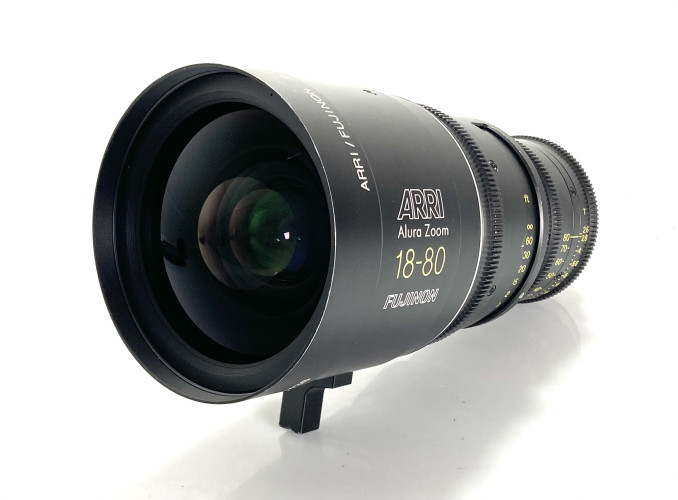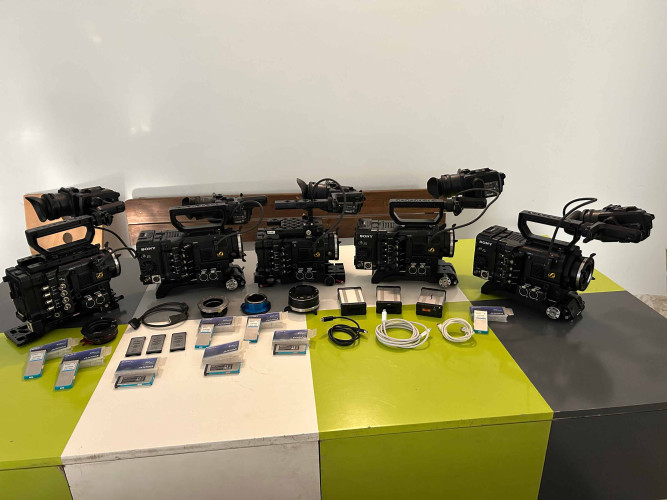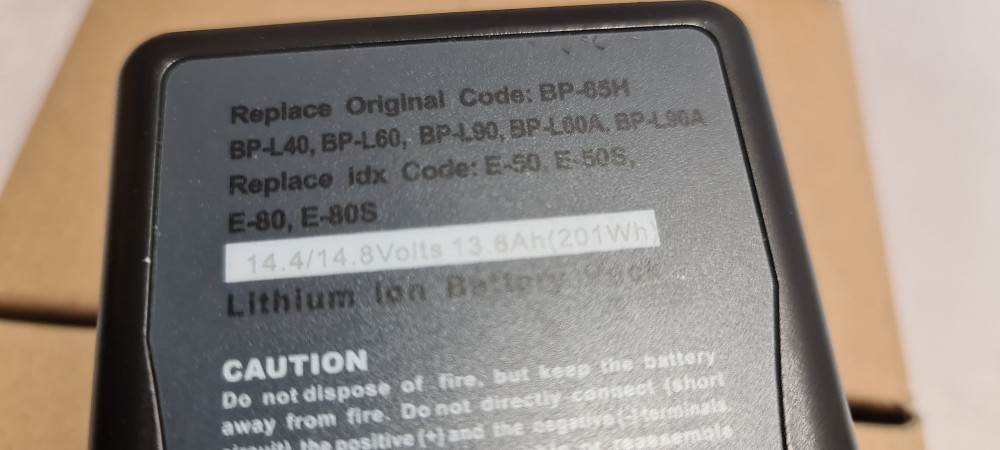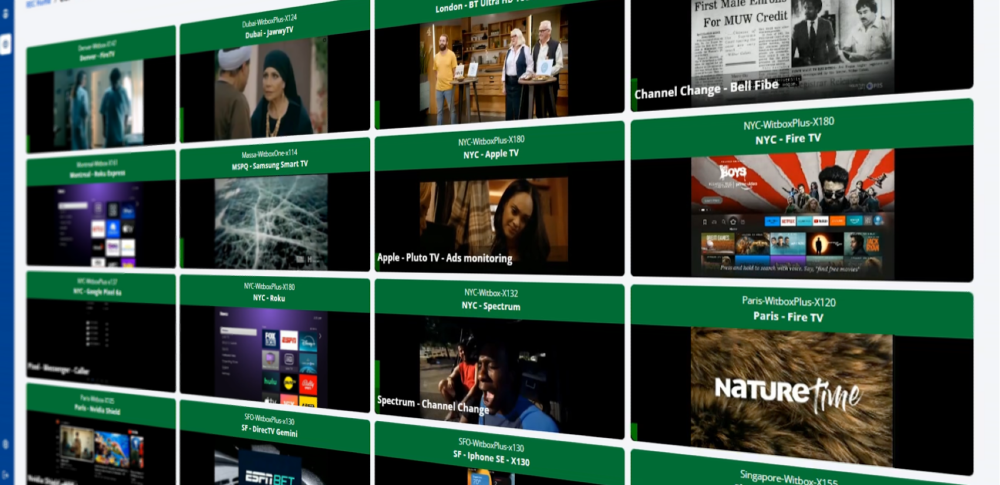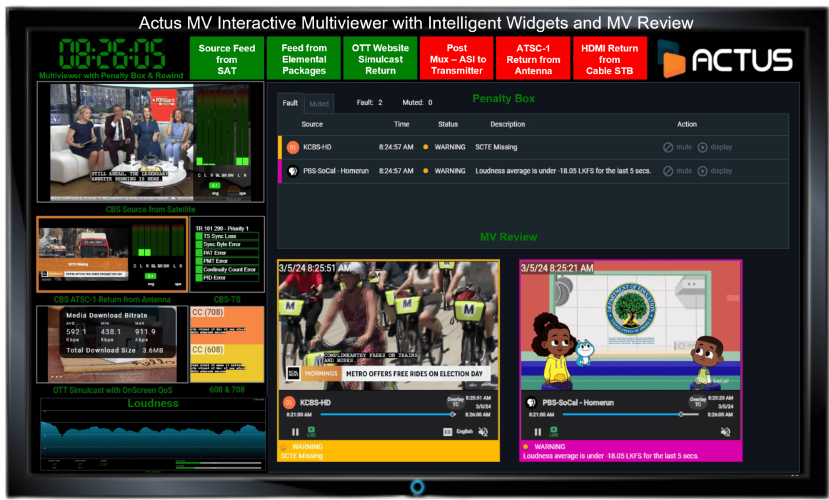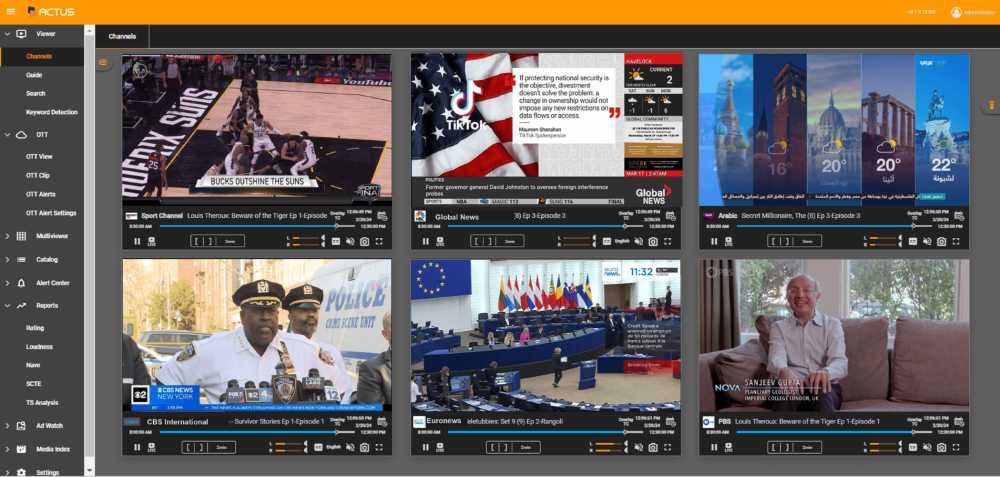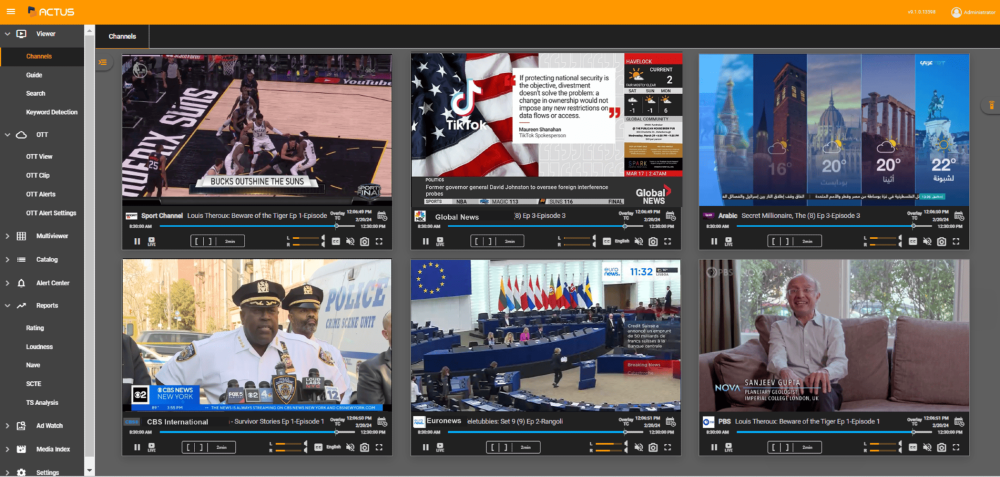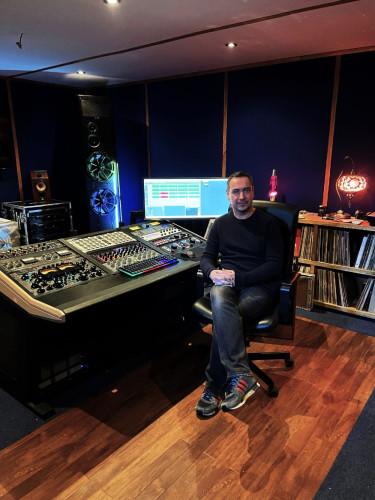Monitoring in the file-based environment

Author: Bob Pank#
Published 1st December 2011
One of the major challenges facing broadcasters and content producers today is quality control. In the traditional model QC was performed by skilled viewers in real time, watching the content on a good monitor alongside a waveform monitor and audio meters to ensure the technical parameters were optimised.
That is still critical, although the onus for this is being moved from the distributor to the creator. The challenge comes from the need to deliver the content on multiple platforms, each potentially calling for different resolutions and codecs. Add the need to serve multiple territories – Discovery Channel in London routinely has 23 different audio tracks with different language versions for the same video – and the number of versions grows exponentially. Checking each in real time is simply impossible.
The solution is to monitor by exception. Each sub-system is carefully calibrated so that transcodings should remain within specifications, although there are circumstances in which illegal levels could be created: dynamic graphics added to different outputs, for example.
Automated QC systems can check at least some of the different outputs. These should perhaps better be called “assisted QC systems” as they have the potential to generate huge numbers of error messages. They need intelligent processing to mimic the applied common sense that would formerly have been applied by a human operator.
The real key for success, though, is making the asset management system aware of QC, and ensuring that it monitors it throughout the workflow. Quality metrics and statuses in the file-based domain are critical metadata elements, and need to be tracked.
On ingest the original metadata must be validated. Subsequent processes, such as transfers and transcodings, need to be planned into workflows which are controlled by the asset management, and the status of those processes monitored. As well as automating workflows this gives you an audit trail of what has happened to the content, which as well as assisting should problems need to be investigated becomes an important tool in considering the configuration of the system and planning future developments.
The system should be monitoring, tracking and recording the status of each element in the workflow. Where there are offline processes – content handed over to a Telestream transcoding farm, for example, or set for transfer to an archive – the efficiency of the queue handling is important information. If there are delays in the system this information will identify the bottlenecks and clearly indicate if further investment in hardware will ease the problem.
This is just one way in which test and measurement in the file-based era is moving into the business domain. The opportunity is there to track much more than audio and video levels, to the way in which each part of the workflow performs, and ultimately to the audience response to quality issues.
Inevitably, the technical parameters, such as bitrate, will be set differently for different channels and on different platforms: this is standard practice today. Is this reflected in consumer response? Do audiences reject some channels because they are perceived to have lower image quality? Do any technical errors which slip through the QC process cause audience disapproval?
By completing a comprehensive audit trail in the asset management system it becomes practical to plot technical issues against consumer response. That data allows channel managers to determine if they are losing revenue because of quality issues. Ultimately, they can put a value on technical quality, determining when further investment – in more or better equipment, or in more bandwidth on the delivery platforms – can be commercially justified.
Consumers do value quality. The popularity of large flat-screen televisions has driven the desire for good HD, and that appreciation of good technical quality has spread into everything we watch and hear. The technology to monitor and maintain quality in file-based environments exists, and needs only the change of mindset to become a real business advantage for the broadcaster or the network operator.



